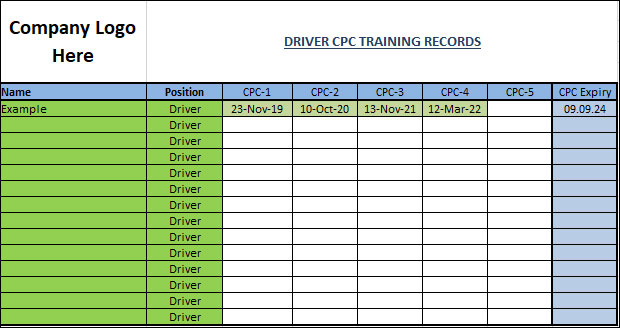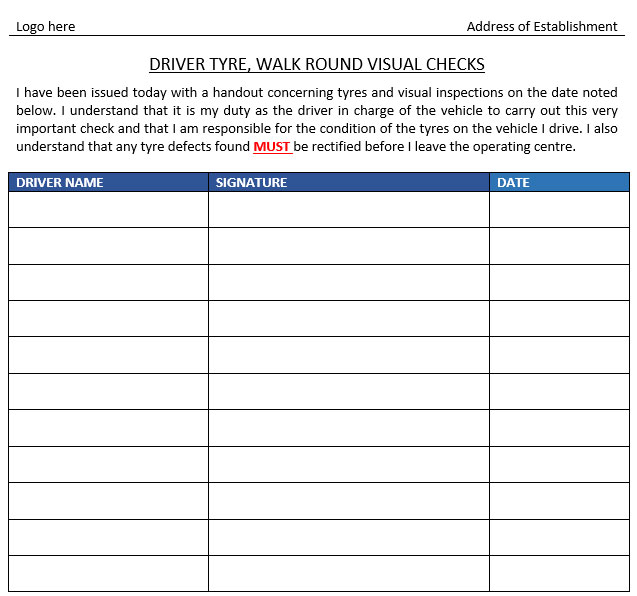
All transport operators should recognise that a commitment to Continuing Professional Development (CPD) is an integral part of being a professional transport operator and this means that you will always commit whatever resources are necessary in training your driver workforce to the maximum benefit of themselves, all vulnerable road users as well as to you as their employer.
Health & safety Training
This should be carried out via your Health & Safety Consultants or yourselves if you have less than five employees. As a small operator, it is straightforward putting H&S Policies, Risk Assessments and Method Statements together. The Health and Safety website is a great starting point for items pertaining to H&S training. On the HSE website, you will find assistance to be able to put policies, procedures and training items together, everything you need to run a safe transport operation.
General Driver Training
Items such as daily walk round checks, safe loading/unloading, vehicle breakdown, Tachograph use and driver’s hours, vulnerable road user, bad weather and many other training items specific to a commercial driver’s role should be put together. A nominated staff manager/supervisor should be available to act as the focal point for all training requirements for drivers, warehouse personnel and office workers.
To maintain records of all your driver training, an excel spreadsheet can be used as a simple training matrix – see example below.

Specialist Training
Local training providers are available for all specialist-training requirements. This can include driver CPC training as well as specialist training such as:
As a plus, many specialist courses such as lorry loader training are accredited by JAUPT and therefore have a driver CPC qualification attached to the training.
Vulnerable Road User Policy
In view of the fact that many transport operations are within heavily congested towns and cities, it is imperative that you have a Vulnerable Road User Policy in place. It should cover cyclists, motorcyclists, pedestrians, children, mobility scooters, the elderly and horse riders.
With many company delivery operations being in towns and cities the emphasis is always placed upon all drivers being vigilant and to report any incidents or near misses. This and other similar policies should be reviewed regularly with continual and ongoing training a part of the process.
Drivers Handbook
A quality driver’s handbook is necessary. It should cover all the facets of a driver’s role as well as the do’s and don’ts in road transport. You can include details relating to vulnerable road users within the driver’s handbook as well as the general items such as EU Hours Rules, Loading/Unloading and even the location of weighbridges in your area of operational activities.
One piece of advice when writing a drivers handbook, use lots of imagery, there’s nothing more mind numbing than opening up a 60 page drivers handbook that is all text.
Highway Code
All drivers of company vehicles should be issued with a copy of the Highway Code and a TBT relating to the issue of the booklet. The Highway Code undergoes updates annually; an example of this is the significant changes that took place during January 2022 and again recently in June 2022.
Driver CPC Training
Although we are fully aware that Drivers CPC periodic training is a driver’s responsibility, it also falls on the shoulders of all operators to ensure they have a record of all their drivers CPC training. To do this, is merely putting together a simple spreadsheet as below.

Toolbox Talks (TBT)
Toolbox talks are without doubt one of the best ways of conducting regular training with drivers, especially if it’s refresher training such as Daily Walk Around Checks. To ensure that you have a record of all training carried out, use a sign-off record and upon completion staple a handout that is given to each driver at the end of the TBT – see example below.

Examples of TBTs include: